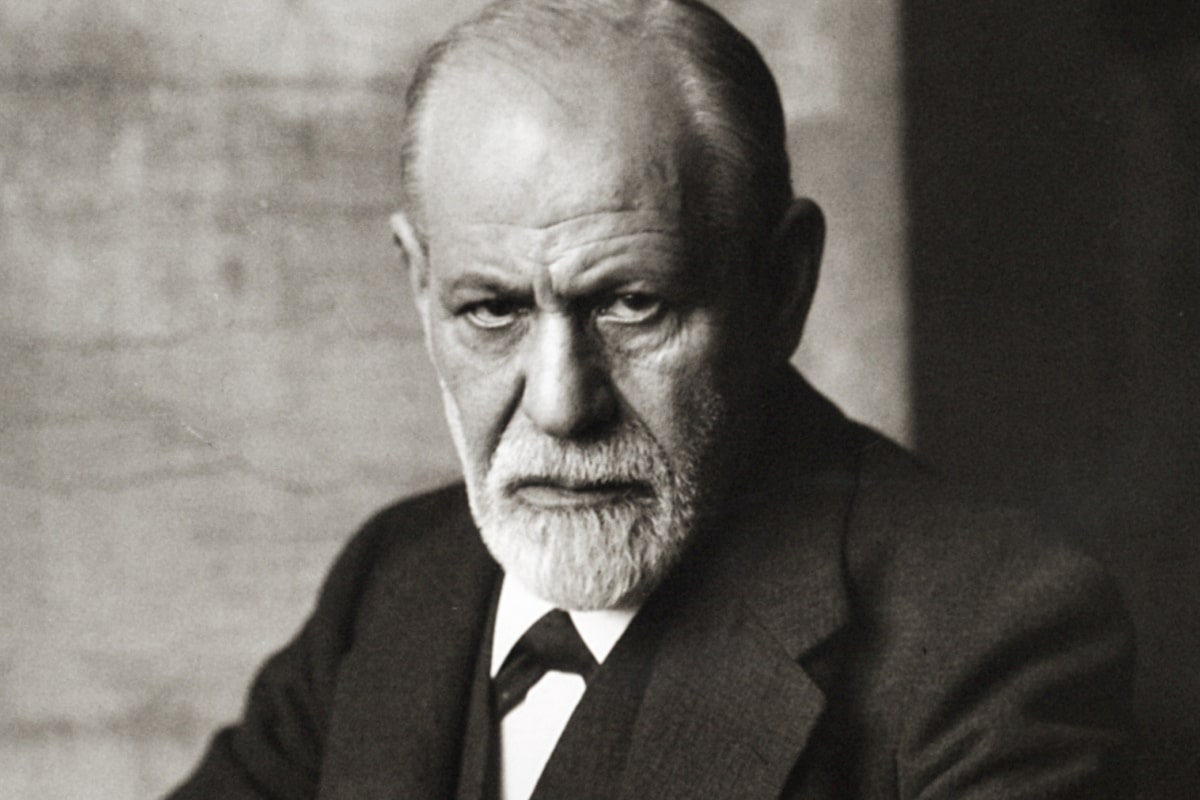Sigmund Freud is one of the most recognized and controversial figures in the history of science. His theories influenced not only psychology but also philosophy, art, literature, and our general understanding of human nature. His name became synonymous with deep psychological analysis, and the terms he introduced are widely known even to those who have never read his works. These interesting facts about Sigmund Freud offer a fresh perspective on his life, intellectual legacy, and multifaceted personality. You may not have known just how many fascinating aspects lie behind this iconic figure.
- Sigmund Freud was born on May 6, 1856, in the town of Freiberg, which is now located in the Czech Republic. He came from a Jewish family, and his father was significantly older than his mother. Freud had seven siblings, but he stood out from a young age due to his remarkable intellect. His parents were determined to give him the best possible education.
- Freud was such an outstanding student that he was allowed to take some exams earlier than usual. He studied Latin, Greek, history, natural sciences, and had a deep interest in literature. As a child, he read Shakespeare in the original English. His talent was noticed by his teachers, who predicted a bright future for him.
- Initially, Freud considered studying law, but he eventually chose medicine. He enrolled at the University of Vienna, where he focused on biology and neurophysiology. His early scientific work involved research on the nervous systems of fish and eels. This background laid the foundation for his later studies of the human psyche.
- One of Freud’s early interests was hypnosis, which he studied in Paris under the famous neurologist Jean-Martin Charcot. Upon returning to Vienna, he applied hypnosis to treat patients with hysteria. Over time, he moved away from hypnosis and developed his own method — psychoanalysis. This became his most influential contribution to science.
- Freud believed that many psychological issues originate in the unconscious mind. He developed the concept of the conscious, preconscious, and unconscious levels of mental activity. One of his most famous models is the structure of personality, consisting of the Id, Ego, and Superego. These terms remain in widespread use in both science and popular culture.
- One of the most controversial aspects of Freud’s work was his emphasis on sexuality, especially in early childhood. He argued that personality development is closely tied to a series of psychosexual stages. These views sparked outrage among his contemporaries but also brought him considerable fame. Freud believed that repressed desires have a powerful influence on behavior.
- In 1900, Freud published one of his most important works, The Interpretation of Dreams. In this book, he presented a detailed method of dream analysis as a way to access the unconscious. He argued that dreams symbolically express hidden fears and desires. Although the book was not immediately successful, it later became a classic of psychoanalysis.
- Freud founded the Vienna Psychoanalytic Society, which became a center for the discussion and development of psychoanalytic theory. Among its members were Carl Jung and Alfred Adler. Both later distanced themselves from Freud and developed their own psychological schools. Their disagreements marked the beginning of new directions in psychology.
- Interestingly, Freud was an avid cigar smoker and believed it helped him concentrate. His addiction to tobacco contributed to the development of oral cancer, which plagued him for the last sixteen years of his life. He underwent more than thirty operations but never gave up smoking. This fact later became the subject of anecdotes among his students.
- In 1938, Freud fled to London to escape the Nazis, spending the final year of his life in exile. Despite severe illness, he continued to write and receive visitors. He died on September 23, 1939, having requested that his physician administer a lethal dose of morphine. His ashes remain in London at Golders Green Crematorium.
- Freud believed that humor is a way to release repressed impulses. He wrote a dedicated work on jokes, analyzing how the unconscious expresses itself through laughter. This theory was part of his broader model of psychological defense mechanisms. For Freud, humor was not just entertainment but a means of self-discovery.
- Although many of Freud’s ideas have since been revised or criticized, his impact on modern culture is enormous. His name is familiar even to people who have never studied psychology. References to Freudian theory, the unconscious, and dream interpretation appear frequently in films, books, and media. His legacy continues to inspire scholars and artists alike.
- Freud was not only a psychoanalyst but also a gifted writer. His works are known for their essay-like style, logical structure, and vivid metaphors. Many people read his texts as much for their literary and philosophical value as for their scientific insights. His writing influenced an entire generation of intellectuals.
- Freud’s daughter, Anna Freud, also became a prominent psychoanalyst and extended his ideas into child psychology. She founded a center for child psychoanalysis in London. Anna focused on the study of defense mechanisms and personality development in children. Her contributions are regarded as equally significant in the field.
These fascinating facts about Sigmund Freud show that his life combined scientific breakthroughs, cultural influence, and personal struggles. He reshaped our understanding of the human mind and established a framework of thought that continues to spark interest and debate. You may not have realized how multifaceted he was — a scientist, physician, thinker, and stylist. His legacy remains alive, provoking curiosity and inspiration across generations.





